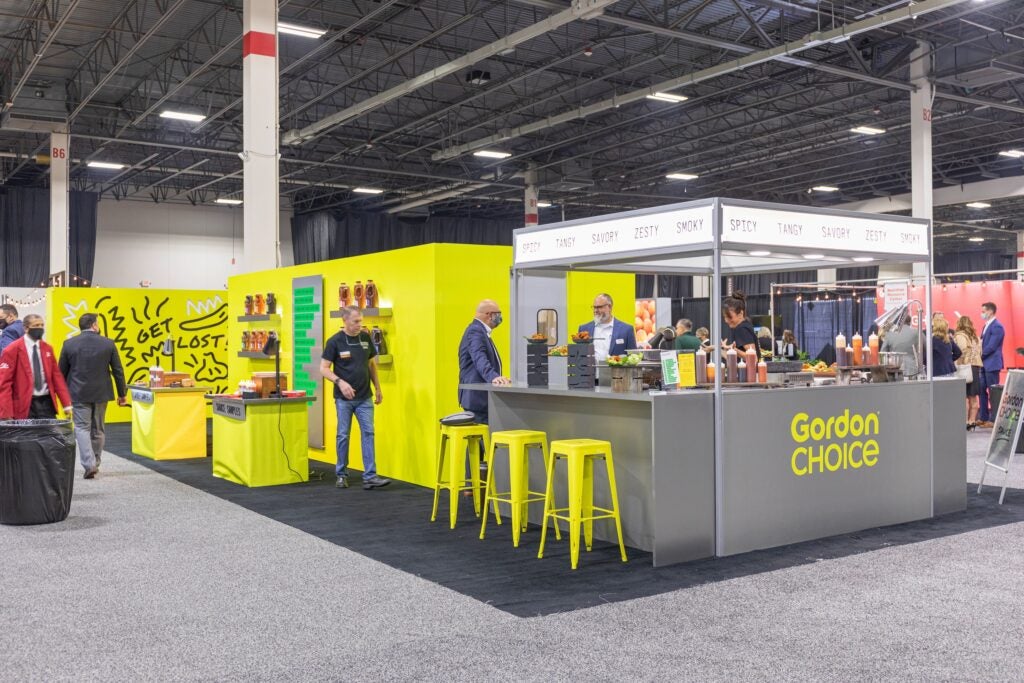As food costs increase, refining your production practices can offset the rising prices.
“Canada’s Food Price Report 2017,” prepared by Dalhousie University, forecasts a rise in food prices between 3 percent and 5 percent for the year. That’s higher than last year’s increase and considerably higher than the general inflation rate.
That’s challenging news for healthcare foodservice operations, which unlike restaurants, can’t raise menu prices to help preserve profit margins. Bob Moulson, MScFN, RD, Team Lead for the Gordon Food Service® Nutrition Resource Centre, suggests that operators focus instead on the way they plan, prepare and serve food to customers. “Smart production practices can deliver significant savings that help offset rising food costs over time,” he says.
Here are a few tips for reducing food costs through production considerations.
Implement standardized recipes
A standardized recipe is one that has been tried, adapted and retried several times for use by a given foodservice operation, and has been found to produce the same results and yield every time the exact procedures are followed.
“It includes everything from ingredients to cooking temperatures to portion sizes,” explains Kelly Ringrose, RD, National Menu Specialist for the Gordon Food Service Nutrition Centre. “It ensures that you’ll deliver the same high-quality meal to patients or residents each time you prepare it.”
Standardization reduces costs through portion and yield control. The amount of food produced and served is the same every time, so leftovers and waste are minimized. “Recipes even include the scoop size you should be using, so you’re always providing a consistent serving with the appropriate nutrition,” says Moulson.
Adopt cycle menus
A cycle menu is a menu that offers different foods every day and repeats itself after a certain period of time. “Healthcare cycle menus are typically three to five weeks long,” reports Moulson. “Operators often run one cycle menu for six months, then replace it with a new one.”
Cycle menus help reduce food costs through predictability. When you repeat a dish every five weeks, you can see how much is consumed and how much is left over—and you can adjust your forecasted production and product purchases accordingly. Knowing exactly what you’ll offer when also helps you take better advantage of favourably priced bulk buys and in-season foods.
Improve your forecasting
Using a software program like GFS Connect Menu+ to manage standardized recipes and cycle menus enables you to generate production reports that guide the preparation of each meal and provide a foundation for forecasting food needs.
Just be sure you adjust the popularity percentages for each meal, urges Moulson. “If you’re offering a choice of macaroni and cheese or liver, the popularity percentage might be 80-20. But if it’s macaroni and cheese or roast beef, it might be 40-60.”
Don’t take entrée popularity into account and you’ll be ordering and preparing too much or too little of something and this of course increases waste.
Reduce food waste
There are two aspects of food waste: pre-consumer, the amount of waste generated before a dish goes to your customer, and post-consumer, which is anything the customer leaves on the plate.
“For pre-consumer waste, look at the way your staff is trimming items—they might unintentionally be throwing away more than they should,” says Ringrose. “You might need to provide knife training.” You may also be purchasing more than you can use. “If you’re ordering bulk produce because it’s cheaper per portion but you have to toss a quarter of the case due to spoilage, it may be more cost-effective to purchase a smaller volume of pre-cut items.”
As for post-consumer waste, “Leftovers often go overlooked as a food cost factor, but it’s not unusual for healthcare operators to overproduce by at least 10 percent. That’s a loss of approximately $10,000 per year for every 100 residents” says Moulson.
Ringrose recommends that staff record leftovers in production reports so you can track and monitor them over time, and adjust your orders in response.
Give customers what they want
Bluewater Health, which encompasses two Ontario hospitals—Bluewater Health in Sarnia and Charlotte Eleanor Englehart Hospital of Bluewater Health in Petrolia—has long made use of standardized recipes and cycle menus. But it’s a more recent innovation that helped slash food costs by 25 percent.
“We implemented a new food delivery system in March 2016,” explains Shaylin Kemmerling, RD, Manager, Diabetes, Clinical Nutrition & Food Services. “It starts with asking each patient that comes through for their food preferences. ‘What do you really not want to eat?’”
That information goes into the department’s software system and helps determine the menu choices each patient will be presented with—and whether they even want three meals a day.
“We were wasting food—our staff saw it coming back,” reports Jennie Mitchell, Food Service Supervisor. Her department serves about 700 patient meals each day, so leftovers can add up to a lot of wasted food and money.
As they do with most every issue, managers huddled with team members to define the problem and develop solutions. “We have a very high level of staff engagement,” says Mitchell. “They’re our eyes and ears to the patients, so we need to have their ideas and input.”
In addition to adopting a new dietary preference protocol, Bluewater Health invested in new delivery carts that Mitchell calls “ovens on wheels.” That further reduces leftovers by ensuring meals are served at an appealing temperature. A greater focus on cross-utilization of ingredients between dishes has also contributed cost savings.
Nutrition quality increased even as food costs declined. “Our meals are more nutritionally sound than ever,” says Kemmerling. “We’re giving patients choices we know they’ll like—but we’re making all the choices appropriate for their nutritional needs, across all 64 diets we offer.”
Refining production practices for multiple diets may seem like a daunting task. “But it begins with simple monitoring of your recipes and their leftovers,” stresses Moulson. “That’s the best bet for reducing food costs over time.”
5 Reasons to Rock a Cycle Menu
- Control costs. A menu rotation means you’ll always know which products you need and how much.
- Improve efficiency. When your team members repeat meals, the process becomes quicker over time.
- Reduce waste. Repeating meals means you can better gauge how much to produce and buy to prevent over-production and spoilage.
- Meet regulations. With a regular list of entrees, items can be added or adjusted to meet individual requirements.
- Keep guests happy. Survey diners to add variety, allow creativity and keep items in the mix to boost participation.
Think Double
When designing a cycle menu, account for entrees that might take more time to cook—like a full roast. “You don’t want to do that 3-4 times in a cycle,” says Moulson. “Instead, produce double to begin with. You can serve half one day as a main dish and half the next in sandwiches.”










